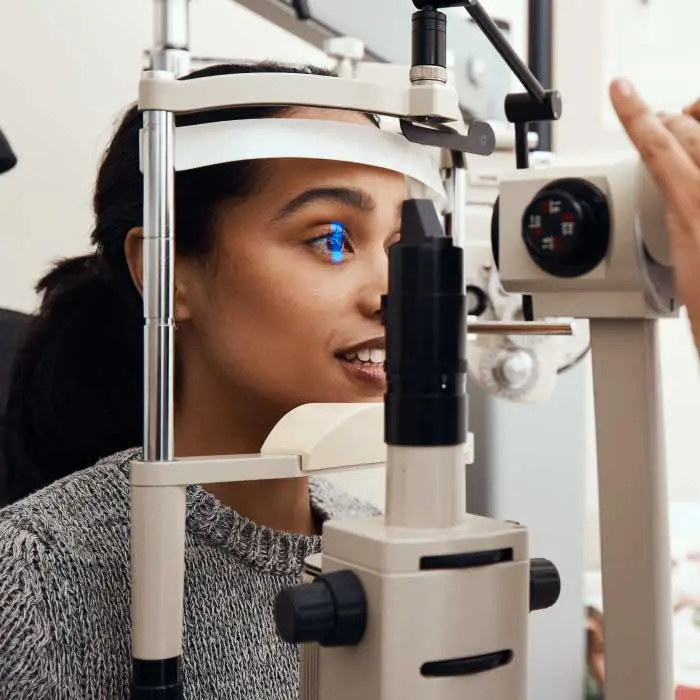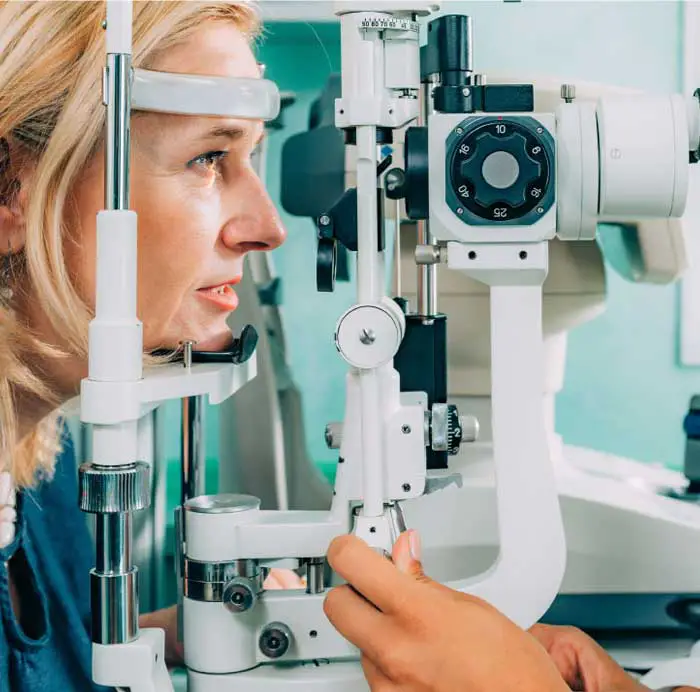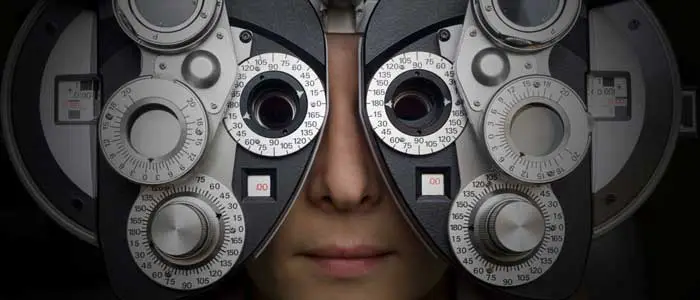Ptosis - Symptoms, Causes and Treatment
07-04-2024
What is Ptosis?
Ptosis is a medical condition that affects the eyelids, causing one or both to droop or lower in position. This can result in decreased visibility and an obstruction of the upper field of vision for the affected individual.What Are The Causes Of Ptosis?
Ptosis can be caused by a variety of factors, both congenital and acquired. Congenital ptosis may be due to a problem with the muscle that lifts the eyelid or with the nerve that controls that muscle. Acquired ptosis can be caused by aging, eye surgery, trauma, neurological conditions, or systemic diseases. In some cases, medications or contact lens wear can also contribute to the development of ptosis. Understanding the underlying cause of ptosis is essential in determining the most appropriate treatment for each individual case.What Are The Risk Factors For Ptosis?
Ptosis can be caused by a variety of risk factors that can contribute to the drooping of the upper eyelid. These risk factors include age, genetics, certain medical conditions such as diabetes or myasthenia gravis, eye trauma, and the use of certain medications. Additionally, factors such as smoking, excessive sun exposure, and chronic eye rubbing can also increase the risk of developing ptosis. It is important for individuals to be aware of these risk factors and to seek medical attention if they notice any changes in their eyelid position.What Are The Symptoms Of Ptosis?
Symptoms of Ptosis may include a drooping or sagging of the upper eyelid, which can obstruct vision and cause a noticeable asymmetry between the two eyes. This can lead to difficulty keeping the affected eye fully open, resulting in a constant feeling of heaviness or a tendency to tilt the head back in order to see more clearly. In some cases, Ptosis may also cause eye fatigue, eye strain, or headaches due to the increased effort required to lift the eyelid and maintain proper eye alignment.How is Ptosis Diagnosed?
Ptosis is diagnosed through a comprehensive eye examination conducted by an optometrist. During the exam, the optometrist will carefully evaluate the position of the eyelids and assess the degree of drooping. The optometrist may also measure the height of the eyelid and observe how it affects the patient's field of vision. In some cases, additional tests such as a visual field test or a CT scan may be recommended to further evaluate the condition. Ultimately, a thorough examination by an optometrist is essential in accurately diagnosing Ptosis.How is Ptosis Treated?
Ptosis can be treated through various methods, depending on the severity of the condition. One common treatment option is surgery, where the levator muscle is tightened or the eyelid is lifted to improve the position of the eyelid. Another non-surgical option is the use of special glasses or eyelid crutches to help lift the eyelid and improve vision. In some cases, medications or eye drops may be prescribed to help manage symptoms. It is important for individuals with Ptosis to consult with an eye care professional to determine the most appropriate treatment plan for their specific situation.Is There A Cure For Ptosis?
There is no cure for Ptosis. However, there are various treatment options available to help manage the condition and improve the appearance of the drooping eyelid. These treatments may include surgery, medication, or the use of special glasses or eye patches. It is important to consult with an eye care professional to determine the most appropriate treatment plan for each individual case of Ptosis.How Can Ptosis Be Prevented?
Ptosis is often a natural result of aging or genetics, but there are some preventative measures that can be taken to help minimize the severity of the condition. One important step is to practice good eye hygiene and overall health. This includes getting regular eye exams to monitor any changes in vision or eye health, as well as maintaining a healthy lifestyle with proper nutrition and exercise. Additionally, avoiding habits like rubbing the eyes excessively or wearing heavy eye makeup can help prevent unnecessary strain on the eyelids. Lastly, protecting the eyes from harmful UV rays by wearing sunglasses outdoors can also contribute to maintaining healthy eyelid function. By taking these preventative measures, individuals may be able to reduce their risk of developing Ptosis in the future.Regular eye exams with advanced technologies are essential for the early detection and treatment of ptosis. Schedule an eye exam with an optometrist today!
Schedule An Appointment
Adult Eye Exams
Our advanced eye exams consist of 25+ modern tests and digital scans to assess eye health, function, and visual acuity.

Child Eye Exams
Give your child a clear future with an annual eye exam from our experienced Edmonton optometrists.

Senior Eye Exams
Maintain your vision through your golden years with gold standard eye care from the optometrists at our Edmonton eye clinic.

Contact Lens Eye Exams
Our eye exams for contact lens wearers include test and digital scans to assess eye health, function, visual acuity, and lens fit.

Diabetic Eye Exams
Managing diabetes requires regular eye exams to ensure that diabetes is not causing irreversible vision loss.

Dilated Eye Exams
Dilating the eyes enables our Edmonton optometrists to see more of the eye so that you many never see less.
Our Edmonton Eye Exams Are Comprised Of 4 Phases Of Evaluation

1. Eye Exam Pre-Testing
Corneal Thickness | Intraocular Pressures | Visual Field
Pre-testing is a detailed process that gathers all necessary information for the optometrist in advance of the optometrist-administered eye examination. This process involves completing a detailed patient history, as well as a series of standard tests. Pre-testing is an essential part of the comprehensive eye exam process, providing valuable information and visuals for both the optometrist and the patient.
More About Pre-Testing »
2. Advanced Diagnostic Testing
Retinal Photography, OCT, Topography
eye-deology Vision Care differentiates itself from other clinics by having the most advanced modern diagnostic specialty testing equipment. Specialty equipment, such as a wide-angle high-resolution retinal imager, Optical Coherence Tomography (OCT), Humphrey Visual Field Analyzer and corneal topographer, ensures that patients receive the best comprehensive eye care.
More About Advanced Testing »
3. Optometrist Examination
Health Assessment & Disease Diagnosis
eye-deology Vision Care Edmonton optometrists perform a multitude of tests and assessments to evaluate ocular health, eye coordination, and visual acuity. In addition, they also evaluate the results of the tests and scans performed during pre-testing. As part of patient education, our optometrists also take the time to show and explain results to patients.
More About Doctor Exam »
4. Eye Glass Consult
Prescription | Lens Selection | Digital Fitting
If you require corrective lenses to improve your vision, our licensed opticians will customize their fit to your unique attributes, needs, lifestyle, and budget. Our opticians are happy to provide you with information about the latest eyeglass frame and lens technologies available so you can make informed decisions and begin seeing and looking your best.
More About Eyewear Consult »